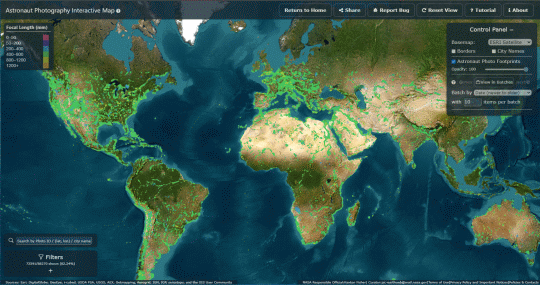ISS063-E-087740
| NASA Photo ID | ISS063-E-087740 |
| Focal Length | 800mm |
| Date taken | 2020.09.10 |
| Time taken | 21:51:19 GMT |
5568 x 3712 pixels 720 x 480 pixels 5568 x 3712 pixels 640 x 427 pixels
Country or Geographic Name: | NEW CALEDONIA |
Features: | MOINDOU BAY |
| Features Found Using Machine Learning: | |
Cloud Cover Percentage: | 10 (1-10)% |
Sun Elevation Angle: | 38° |
Sun Azimuth: | 65° |
Camera: | Nikon D5 Electronic Still Camera |
Focal Length: | 800mm |
Camera Tilt: | 15 degrees |
Format: | 5568E: 5568 x 3712 pixel CMOS sensor, 35.9 x 23.9 mm, total pixels: 21.33 million, Nikon FX format |
Film Exposure: | |
| Additional Information | |
| Width | Height | Annotated | Cropped | Purpose | Links |
|---|---|---|---|---|---|
| 5568 pixels | 3712 pixels | No | Yes | NASA's Earth Observatory web site | Download Image |
| 720 pixels | 480 pixels | Yes | Yes | NASA's Earth Observatory web site | Download Image |
| 5568 pixels | 3712 pixels | No | No | Download Image | |
| 640 pixels | 427 pixels | No | No | Download Image |
While orbiting over the southwestern Pacific Ocean, an astronaut onboard the International Space Station (ISS) photographed this fringing coral reef on the south coast of New Caledonia. The reef separates the light blue shallows of the lagoon from the darker, deeper Pacific Ocean. Tan hues tinge the lagoon where sediment flows in from uplands to the north-northeast.
Situated about 1,300 kilometers (800 miles) east of Australia, New Caledonia is a French overseas territory comprised of Grande Terre and other smaller islands. The archipelago spans a land area of about 19,000 square kilometers (7,300 square miles) and is home to almost 300,000 people.
The reefs surrounding Grande Terre and the islands of New Caledonia stretch a combined length of 1,600 kilometers (1,000 miles). Known for its varying underwater structures, the system includes coral islands, double reef barriers, and offshore reefs.
New Caledonia's reefs are home to an estimated 9,300 marine species and almost 500 species of coral. The lagoons promote biodiversity by supporting large predators (including sharks), nesting seabirds, mangroves, and seagrasses. In 2008, the reefs and lagoons were added to the UNESCO World Heritage List because of their ecological value and geographic uniqueness.


